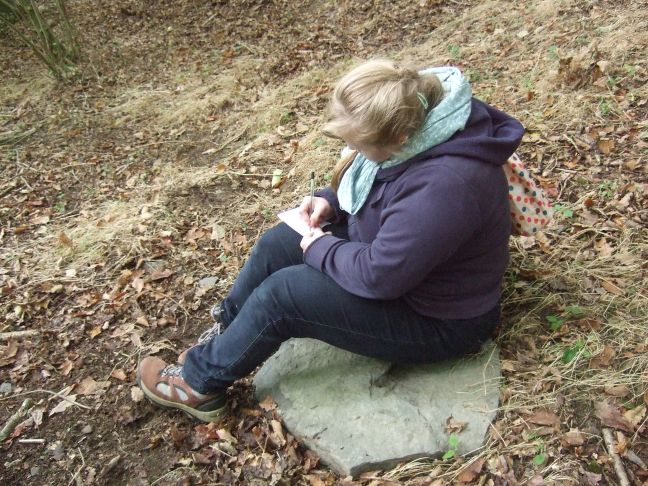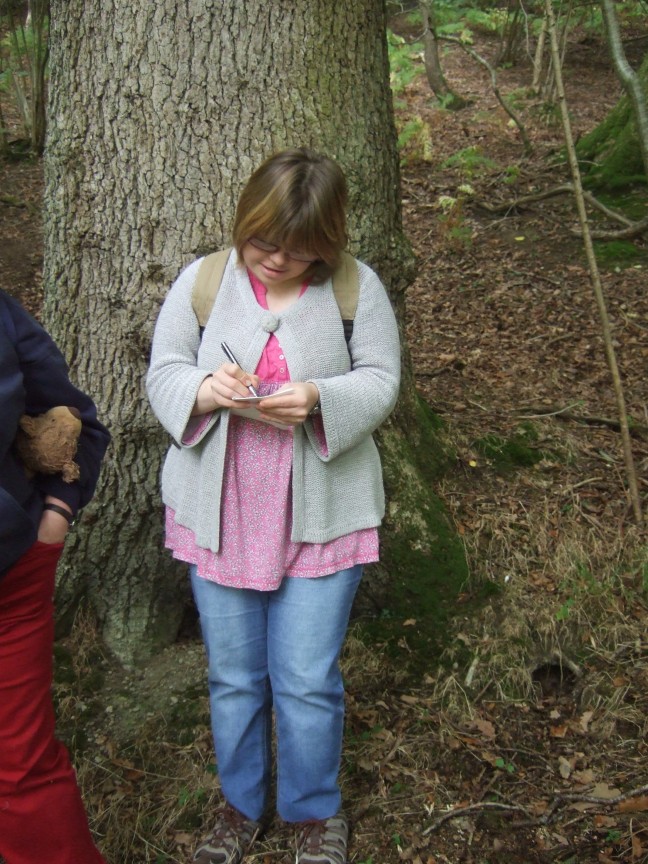A stream of excited children and smiley adults poured into Ludlow Assembly Rooms yesterday evening for the Grand Finale of In woods we forget things, at the wood edge we tell stories.
There were cakes (made in Ludlow) which I did lay on in vast quantities, also tea, coffee and juice – and once everyone had been refreshed, I was thrilled to bits to find over 70 people sitting down to see photographs, live performances and short films of the project.
I am so grateful to everyone who turned out on a dark, cold November night to drive some miles into Ludlow, including teachers, teaching assistants, headteachers and support workers. Your young people are magnificent! And thank you to our experts in the woods, Karen Limbrick from Brineddin, Toni and Ru from Tru Wood, and Clive Dean of SWT at Brook Vessons.
Big thanks also last night to project volunteers Liz Hyder and Dougie Greatorex, who looked after everyone beautifully, and handed out extra cake. Thank you too, to Darren Cadet at LAR, who fixed the technical difficulties I was having embedding the films.
Huge thanks to the funders of this project too – I’ve loved it – that’s the Shropshire Hills AONB Conservation Fund and Shropshire Housing Group. Thank you Cath Landles and Helen Vaughan for travelling to see our Finale.
On the way out, everyone stuck a sticker on the Tree of Evaluation… and if I may say so, the three ‘leaves’ over there on the right were added by very small younger siblings, who just seemed to want to join in.
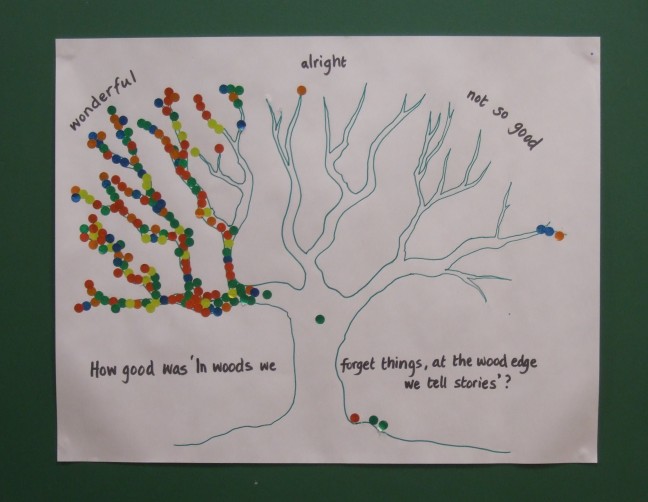








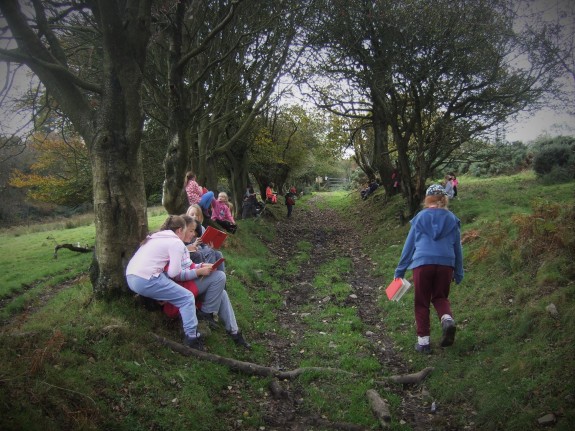
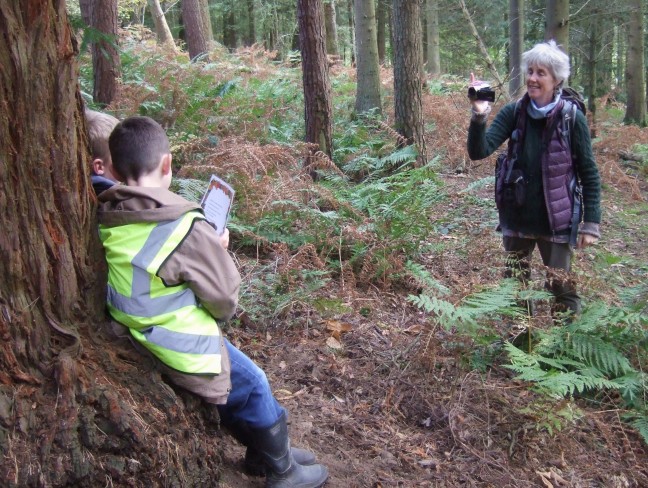
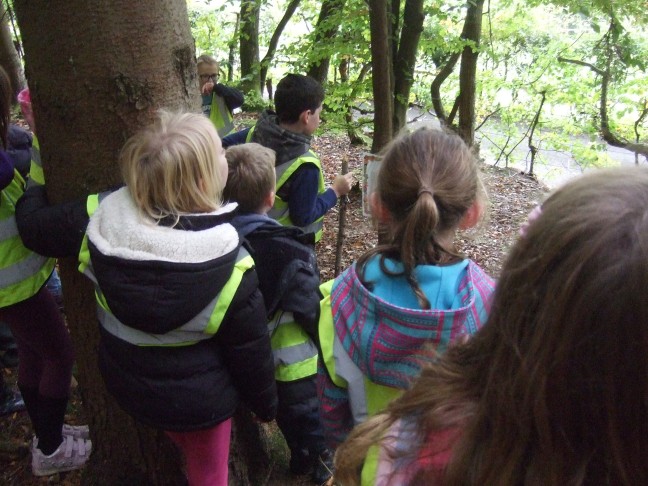
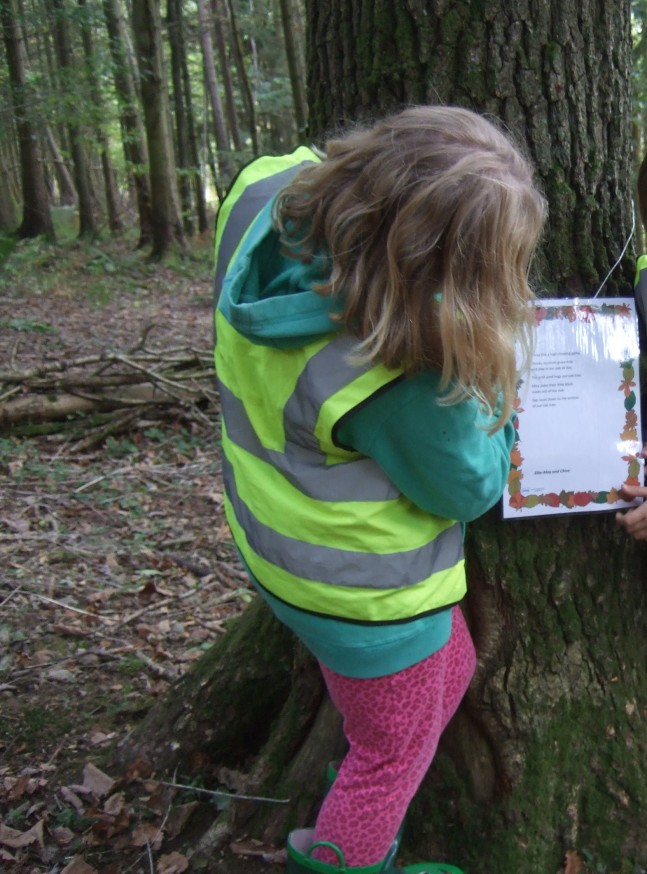



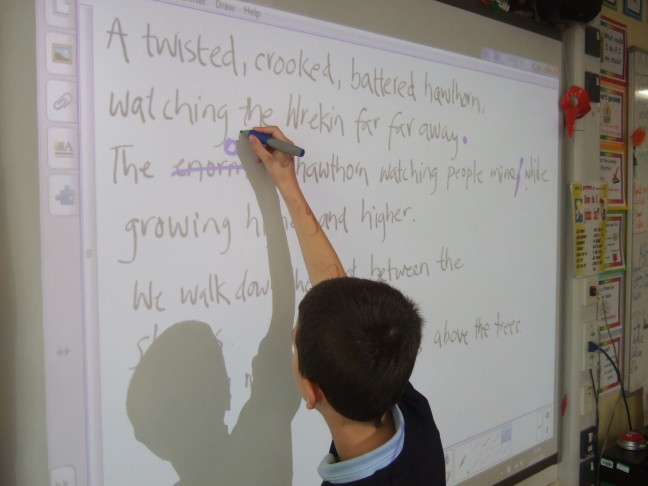







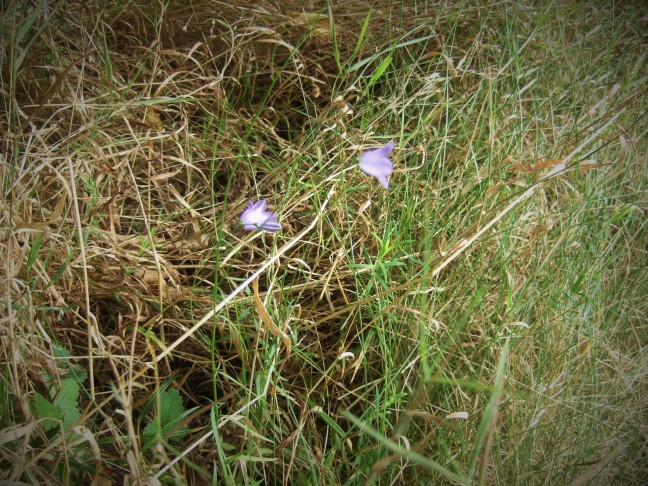
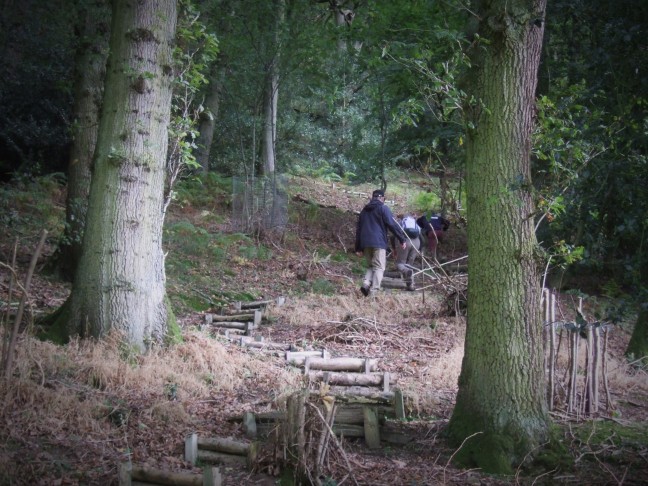 On the way we actually found a very rare flower that Karen had described on our first visit – a bright harebell blue, but far more uncommon – the Spreading Bellflower, that flourishes at the wood edge.
On the way we actually found a very rare flower that Karen had described on our first visit – a bright harebell blue, but far more uncommon – the Spreading Bellflower, that flourishes at the wood edge.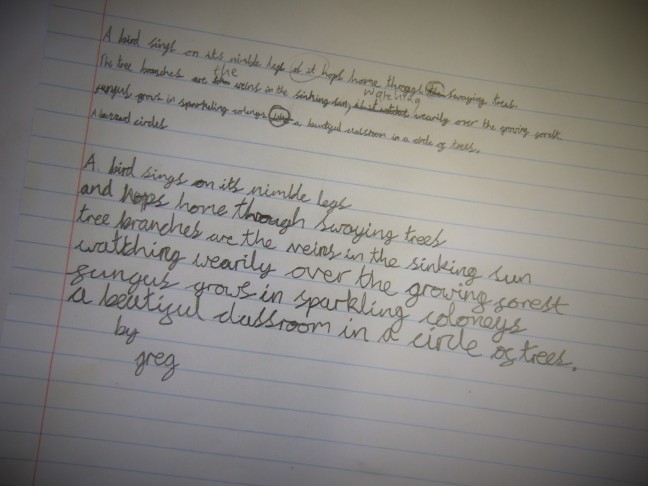

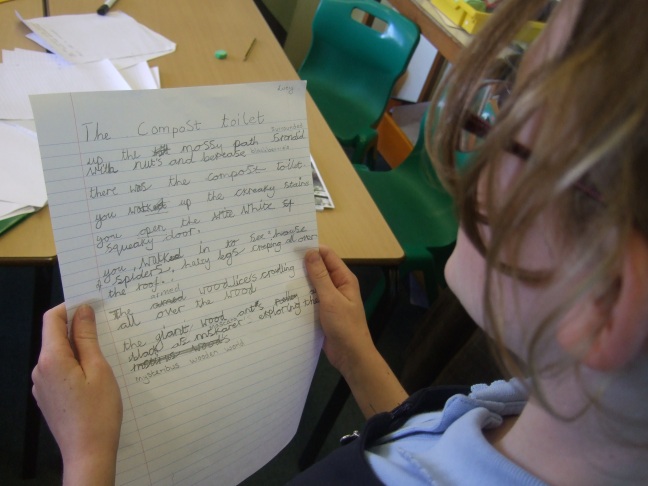
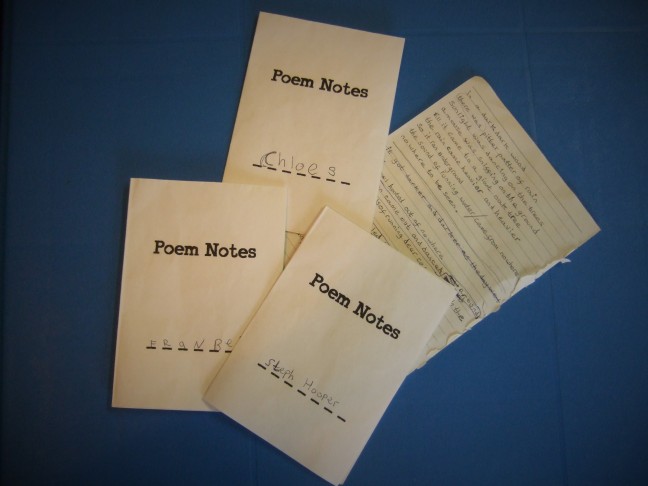
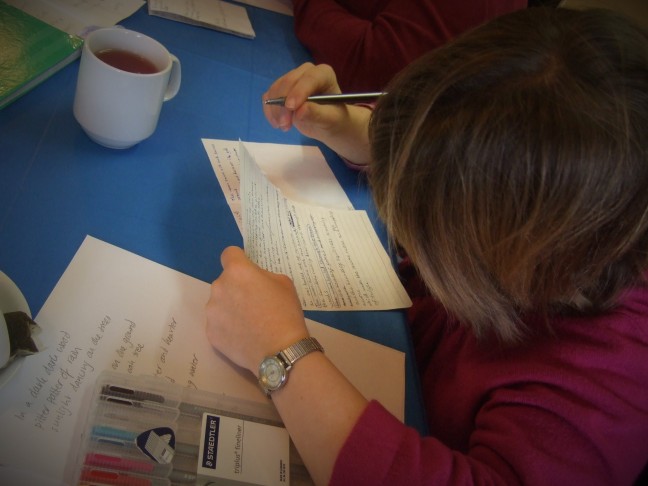
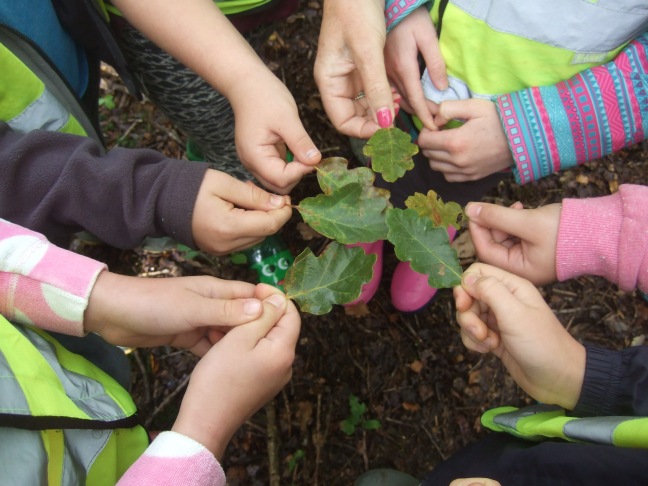
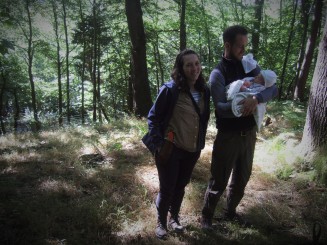
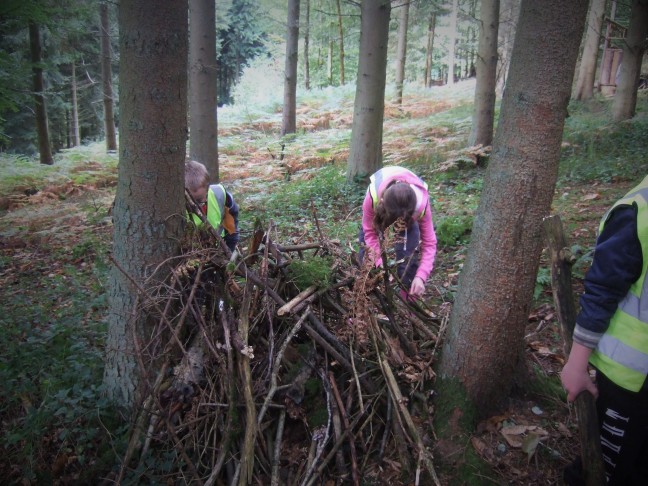

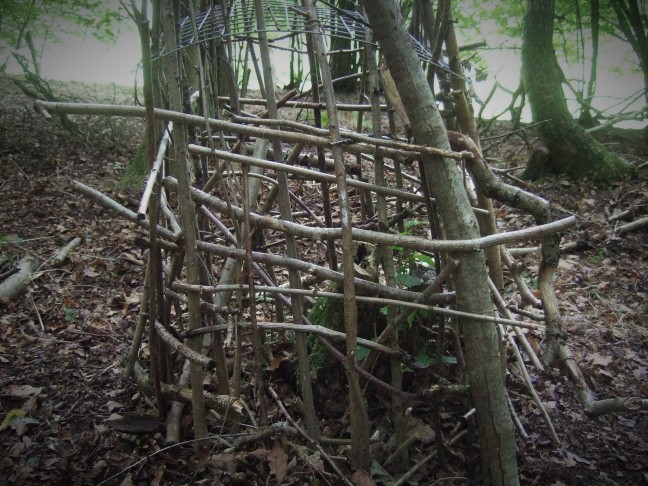 I’ve just come home from an exhilarating day out with the
I’ve just come home from an exhilarating day out with the 
